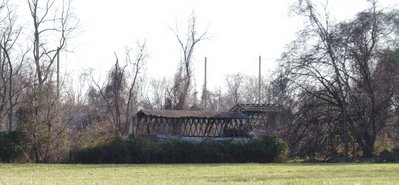(NYTimes) They laid his bones in a bed of Bubble Wrap, with a care beyond what is normally given to fragile things. They double-boxed those bones and carried them last month to the United Parcel Service office on Spruce Street in Philadelphia. Then they printed out the address and paid the fee.
With that, the remains of a young man were soon soaring over the Atlantic Ocean that he had crossed once in a three-masted ship. His name is believed to have been John Ruddy, and he was being returned to the Ireland he had left as a strapping teenage laborer in 1832.
His voyage home is the latest turn in the tale of Duffy’s Cut, a wooded patch that is little more than a sylvan blur to those aboard commuter trains rocketing past. It is a mass grave, in fact: the uneasy resting place for dozens of Irish immigrants who died during a cholera epidemic, just weeks after coming to America, as an old song says, to work upon the railway. Continued
































